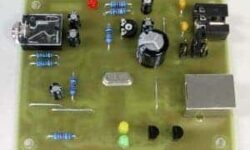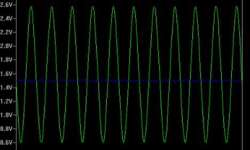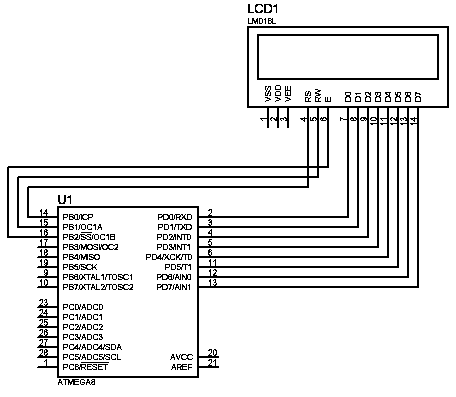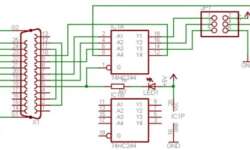The Good Helper for Pressure Sensor – DIY Force Sensitive Resistor (FSR)
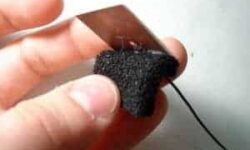
Do you wish to have a thin, accurate, and durable Force Sensitive Resistor (FSR) to help you to sense the surface pressure? Well, would you want to spend over $50 for just an adequate quality FSR, while you can DIY it with less than $20 here? First of all, you have to prepare the require tools and components: Tools






